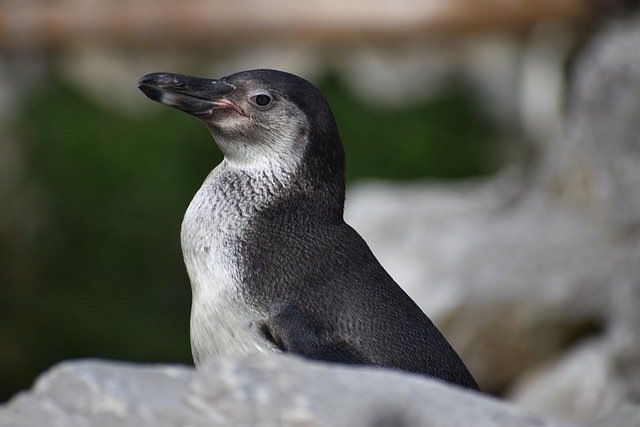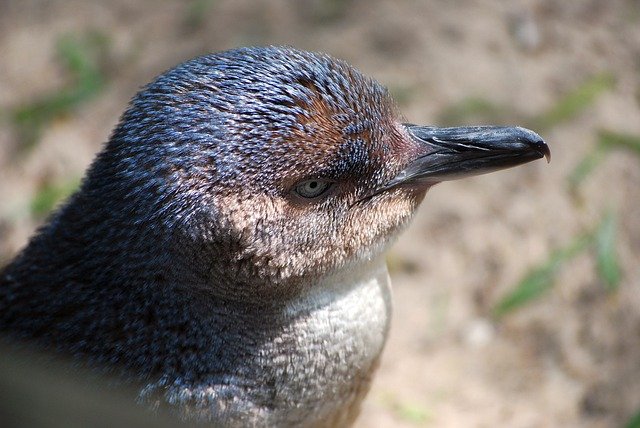**Title: "The Remarkable Adaptations of Penguins: Masters of Survival in Harsh Environments

The Remarkable Adaptations of Penguins: Masters of Survival in Harsh Environments
Penguins are fascinating creatures that have captivated the hearts of many with their unique appearance and behaviors. These flightless birds have evolved remarkable adaptations that enable them to thrive in some of the harshest environments on Earth. In this post, we will explore the various adaptations that make penguins masters of survival.
1. Streamlined Bodies for Efficient Swimming
One of the most notable adaptations of penguins is their streamlined bodies, which are perfectly designed for swimming. Their torpedo-shaped form allows them to glide effortlessly through the water, reducing drag and conserving energy. This adaptation is crucial as penguins rely on their swimming skills to hunt for food, primarily fish and krill.
2. Insulating Feathers
Penguins are known for their distinctive black and white plumage, but what lies beneath is even more impressive. Their feathers are densely packed and coated with a special oil that provides waterproofing and insulation. This adaptation keeps them warm in freezing temperatures and dry while swimming, allowing them to maintain their body temperature in icy waters.
3. Counter-Shading Camouflage
The unique coloration of penguins also serves a vital purpose. Their black backs and white bellies create a form of camouflage known as counter-shading. When viewed from above, their dark backs blend into the ocean depths, while from below, their white bellies mimic the light filtering down from the surface. This adaptation helps protect them from predators such as seals and birds of prey.
4. Social Behavior and Cooperative Breeding
Penguins are highly social animals that thrive in large colonies. This social structure provides numerous advantages, including protection from predators and increased foraging success. Many species of penguins exhibit cooperative breeding behaviors, where individuals help care for the young of others. This communal approach enhances the survival rates of chicks in harsh conditions.
5. Unique Breeding Strategies
Different penguin species have developed various breeding strategies to cope with their environments. For instance, Emperor Penguins are known for their remarkable breeding cycle, where males incubate eggs on their feet during the harsh Antarctic winter. This adaptation ensures that the eggs remain warm while females go out to sea to feed.
6. Thermoregulation
To survive extreme cold, penguins have developed advanced thermoregulation techniques. They can control blood flow to their extremities, reducing heat loss while keeping their vital organs warm. Additionally, they huddle together in groups during severe weather to conserve heat, showcasing their adaptability and social nature.
Conclusion
Penguins are truly remarkable birds that have adapted to thrive in some of the most challenging environments on the planet. From their streamlined bodies and insulating feathers to their social behaviors and unique breeding strategies, these adaptations highlight the resilience and ingenuity of penguins. As we continue to study these incredible animals, we gain valuable insights into the complexities of evolution and the importance of conserving their habitats for future generations.
Feel free to share your thoughts or experiences with penguins in the comments below!

Upvoted! Thank you for supporting witness @jswit.